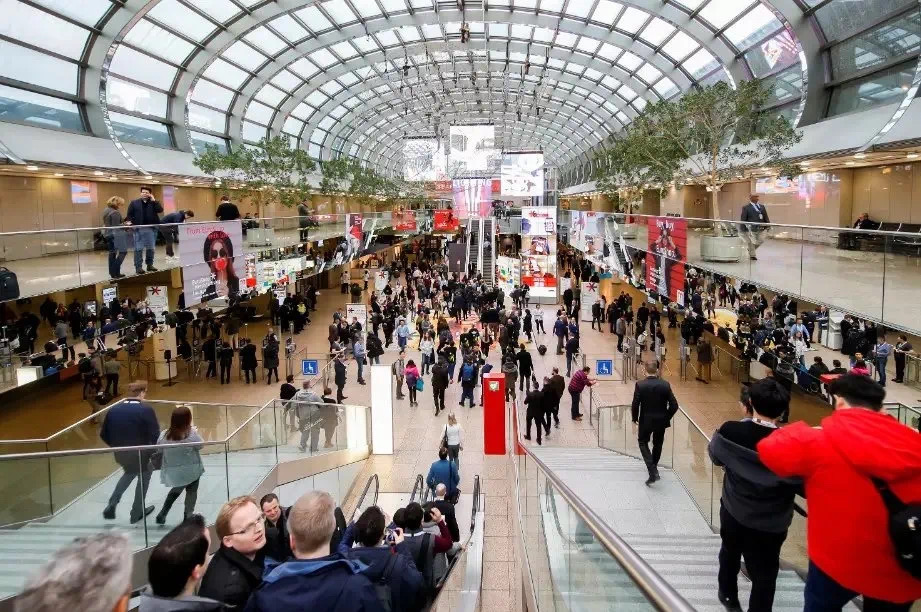नोव्हेंबर . 09, 2024 19:56 Back to list
The Role of Fixtures in Enhancing Visual Merchandising Strategies
The Role of Fixtures in Visual Merchandising
In the dynamic world of retail, visual merchandising plays a critical role in attracting customers and driving sales. Among the various elements that contribute to effective visual merchandising, fixtures are one of the most important components. Fixtures not only help organize and display products but also create a shopping experience that engages customers and reflects the brand’s identity. This article explores the significance of fixtures in visual merchandising, their types, and best practices for effective implementation.
Understanding Fixtures
Fixtures in retail refer to the equipment used to hold, display, and promote products within a store. This includes shelves, display cases, racks, hangers, and other tools that help to showcase merchandise effectively. The correct selection and arrangement of fixtures can significantly influence the customer’s perception of the brand, the ease of shopping, and ultimately, purchase decisions.
Types of Fixtures
1. Shelving Units These are among the most common fixtures in retail. They allow for the organized display of merchandise and can vary in height, depth, and material. Shelving units can be freestanding or wall-mounted and can accommodate various products, from clothing to electronics.
2. Display Cases Often used for high-value or delicate items, display cases protect products while allowing customers to view them. These fixtures can be glass-fronted to provide visibility while ensuring security, often seen in jewelry stores or high-end boutiques.
3. Racks and Hangers Clothing retailers frequently use racks and hangers to display apparel. The right fixtures can highlight the latest collections, seasonal items, or promotional offers and are essential for effective merchandising in fashion retail.
4. Pedestals and Mannequins These are vital in creating visual focal points within the store. Mannequins can convey lifestyle imagery, showcasing outfits and accessories to inspire shoppers, while pedestals elevate products for better visibility.
5. Signage and Graphics While not traditional fixtures, signage integrated with display fixtures can enhance the shopping experience. Informative signs can direct customers to product placements or highlight sales and promotions.
The Importance of Fixtures in Visual Merchandising
fixtures in visual merchandising

Fixtures serve multiple purposes in a retail environment. First and foremost, they organize products, making it easier for customers to find what they are looking for. A well-organized store encourages browsing, which can lead to impulse purchases. Additionally, fixtures help to create a coherent store layout that guides customers through the space, enhancing their shopping experience.
Moreover, fixtures contribute to brand storytelling. The materials, colors, and designs of fixtures can reflect the brand’s identity and values. For instance, a high-end fashion store may use sleek, modern fixtures, while a vintage shop may opt for rustic wooden displays. This cohesiveness helps reinforce the brand image in the minds of consumers.
Best Practices for Implementing Fixtures
1. Customer-Centric Design Ensure that fixtures are intuitive and user-friendly. Customers should be able to navigate the store easily, and products should be accessible. Consider the customer flow when designing the layout and positioning of fixtures.
2. Flexibility Opt for versatile fixtures that can be easily reconfigured. This allows retailers to adapt quickly to seasonal changes, promotions, or new product launches. A flexible fixture system can help keep the shopping experience fresh and relevant.
3. Visual Impact Use fixtures to create eye-catching displays that attract attention. Lighting, scale, and arrangement should all be considered to highlight key products and promotions effectively.
4. Consistency Maintain a consistent theme across all fixtures to reinforce brand identity. Whether through color schemes, materials, or styles, a unified look can enhance the overall shopping experience.
5. Regular Updates Keep the merchandising display dynamic by regularly updating fixtures and product placements. This not only keeps the store appealing but also encourages customers to revisit frequently, anticipating new discoveries.
Conclusion
Fixtures are indispensable in the art of visual merchandising. They not only hold products but also play a vital role in shaping the customer experience and influencing purchasing behavior. By understanding the various types of fixtures and implementing them effectively, retailers can create an inviting shopping environment that drives sales and enhances brand loyalty. As retail continues to evolve, the strategic use of fixtures will remain a cornerstone of effective visual merchandising strategies.
-
The Benefits of Electronic Shelf Labels for Modern Stores
NewsJul.01,2025
-
Space-Saving Retail Store Furniture Designs for Small Shops
NewsJul.01,2025
-
Slatwall vs. Gridwall: Which Store Fixture is Right for Your Business?
NewsJul.01,2025
-
Shop Fittings: Essential Elements for a Functional Retail Space
NewsJul.01,2025
-
How to Design a Minimalist Cosmetic Shop Display
NewsJul.01,2025
-
Creative Clothes Shop Display Ideas to Attract More Customers
NewsJul.01,2025


















































































































